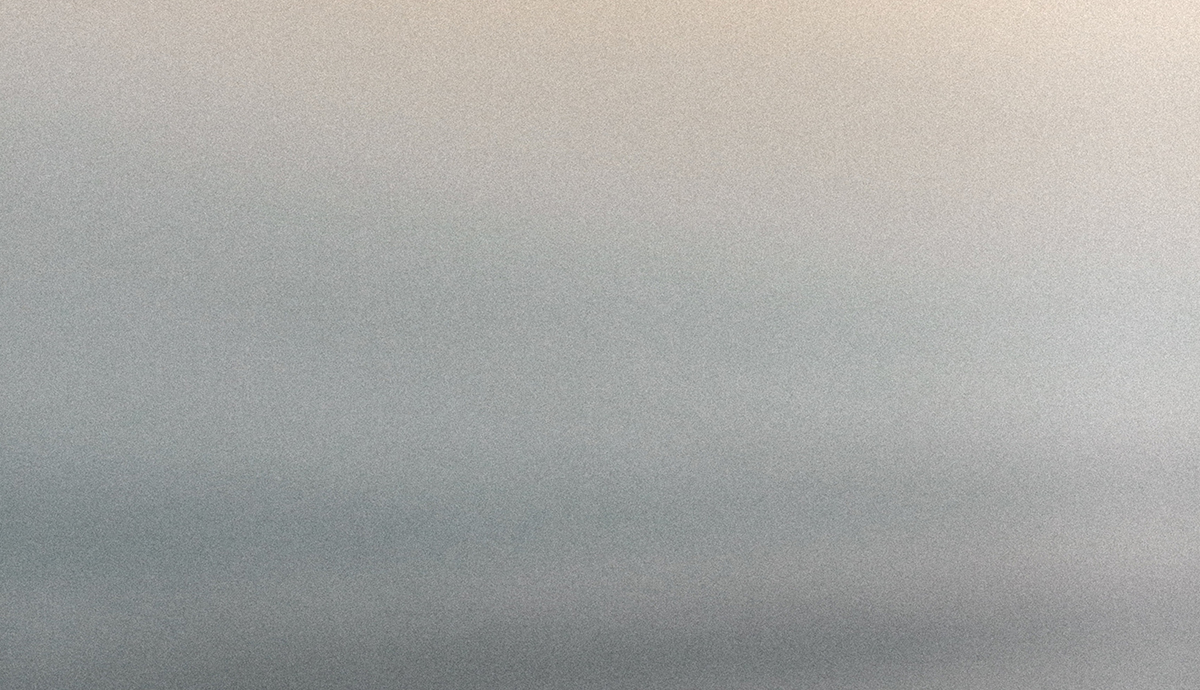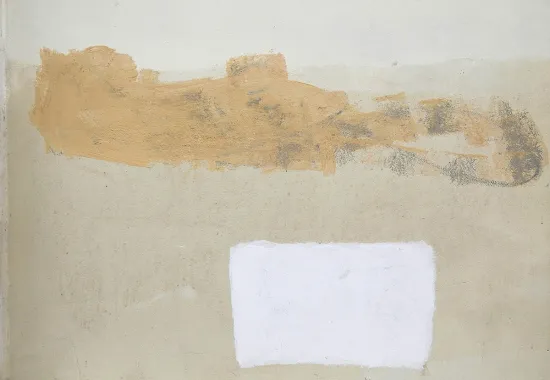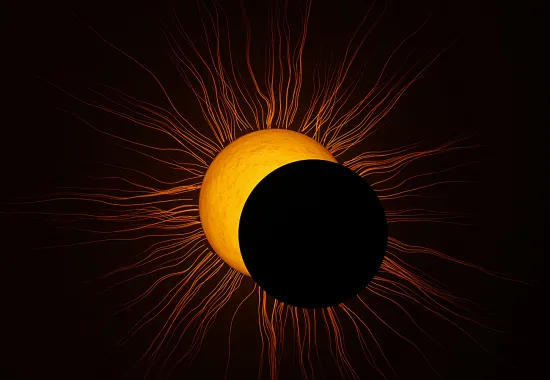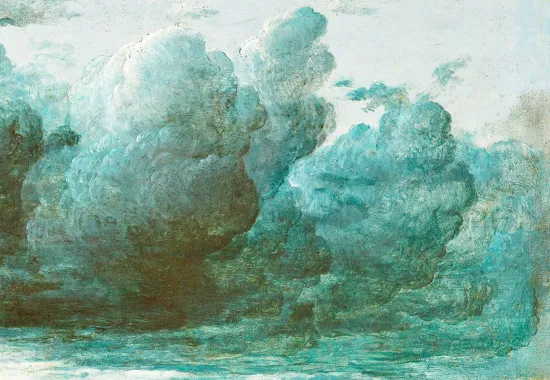Throwback Thursday Featuring Rebecca Foust, "Strip Mine" from Vol. 292.2

A terrible, lunar beauty,
pale and sere
like leaves past withering
when we run along the edges,
slag bits broke loose and
rolled down the wash
to the bottom,
pebbles round
as dark marbles,
two halves of ancient bivalve clam
facing each other
in frozen contemplation,
the animating spark
between them
buried in sediment eons ago.
At the edge
wild chicory contributes its blue
to the green and white tangle
of Bindweed and Queen Anne’s Lace,
then, the shallow mine pit,
wide, rusty gash,
obscene nakedness
of rock scoured of soil by the rains
since the miners packed up their rig
and left.
Ledges with crumbling faces
of limestone, gneiss, and shale,
whole trays of layers which separate
to reveal the mystery
of delicate calligraphy on slate,
ancient fern or fish,
or link to man.
[first published in the North American Review, Vol. 292.2]
I was born in Altoona and grew up in Hollidaysburg, a small city and town nestled in a valley in the Allegheny Mountains that unscroll through the western section of Pennsylvania. The Alleghenies are part of the Appalachian Range, and although some have questioned my right to include “Appalachian” in my heritage, I can tell you that we had our share of mountain culture and people, some among my relatives. My great uncle Charlie, shot accidently in the stomach by his brother when both were boys, lost his mind when the wound festered and spent his days digging holes, trying to find a Miller’s coffee can full of money he thought he had buried. My grandfather laid bricks for a living, picked the banjo, and played baseball for the farm team for the White Sox, once with Babe Ruth. My uncle Harry tied prize-winning flies and was the best trout fisherman and game tracker I ever knew.
Bituminous and anthracite coal were mined in our area, also known for its smelting furnaces and the Samuel Ray Repair Shops, a stop for nearly all the trains that ran the Northeast Corridor. Coal was mined in deep shaft and strip mines and shipped by train or river barge to points north, south, east, and west. In my childhood memory, strip mines and their apparatus—great, pyramidal piles of fine coal dust, delicate tipples leaning down to the river’s edge, dirty water and air, and the great gashes of the mines themselves—were a common sight we passed in our cars and trucks without notice or comment. They became a part of our culture and myth, and every child of my generation knows the story of how the great slash of blue gravel bisecting Brush Mountain came to be: a giant stole all the town children, and one little girl saved them by using her sewing scissors to cut a hole in his sack, replacing each child with a stone until the weight split the fabric and buried the giant beneath a river of gravel and stone.
Because of the strip mines we had quarries, great places to swim, being spring fed and cleaner than our mill run-off-fouled rivers. Our favorite was “The Blue Hole,” said to have been created when a drill bit hit water and flooded the deep V notched into limestone. We told each other stories of miners with their hands still on the rigs, hair floating in the deep water. When I worked the night shift waiting tables at Dave’s Dream, midnight swims in that quarry were a joyous summer ritual.
We didn’t know then what we know now about the side effects of the mining, polluting our streams and soil, raising cancer rates to catastrophic levels, eroding rich, loamy topsoil in areas left looking like moonscapes, like wounds in the land.
My first close-up encounter with a strip mine came when I was about nine years old and a budding rock hound. My great uncle Jim, close to eighty by then, collected rocks, fossils, and Native American artifacts, and one of my great disappointments is that when he died he left his collection not to me, but to the Smithsonian, whose curators presumably archived it somewhere where it gathers dust on a shelf. We don’t know, because the records of its donation have been lost.
We visited the strip mine in the summer, uncle Jim, aunt Mary and me, carrying heavy wooden crates to collect samples. I think a pair of bolt cutters may have been part of our kit. To my delight, uncle Jim let me carry his rock hammer and a small chisel. I don’t recall where the mine was, but I do recall my first glimpse of the stripper pit: naked, strangely orange, more like dried out mud than rock. Uncle Jim and I half walked, half slid down a bank of loose scree and then we were off, picking up fossils like mussels at low tide: brachiopods (rounded clams) that looked, when licked the way uncle Jim showed me to, like black marbles, flat fans of scallops, and limestone whorls of moon snails as large as my hand.
“Now lookit this, young lady,” uncle Jim said, and used the flat end of the hammer to gently separate slabs of slate that fell apart like great books, with pages thick as old x-ray plants and stamped with myriad patterns of tree bark, tiny black oiled ferns, and the petals of flowers still holding their shape despite the absence of a central stem. And once, a curved fish the size of my thumb.
It was like looking at the stars, the wheeling constellations, but in the ground beneath my feet instead of faraway overhead. I wanted to stay long after the shadows lengthened and aunt Mary urged that it was time to go. Time to go back to their modest home in the woods, where uncle Jim would sluice down our treasures with a garden hose and pick out the ones I could take home. He let me pick and eat the chinquapins that grew on his trees, and afterwards we had aunt Mary’s roast beef and pot likker served from the enameled saucepan right on the table. Sometimes uncle Jim took me downstairs to his lapidary workroom and demonstrated how to saw stone into thin sections and rough ovals which he then glued to a dowel and held to a grinding wheel run off an old car motor. I still have a pin he made for me, green serpentine shaped into an oval cabochon and set in a cheap tin bezel with prongs even my childish fingers were able to bend down.
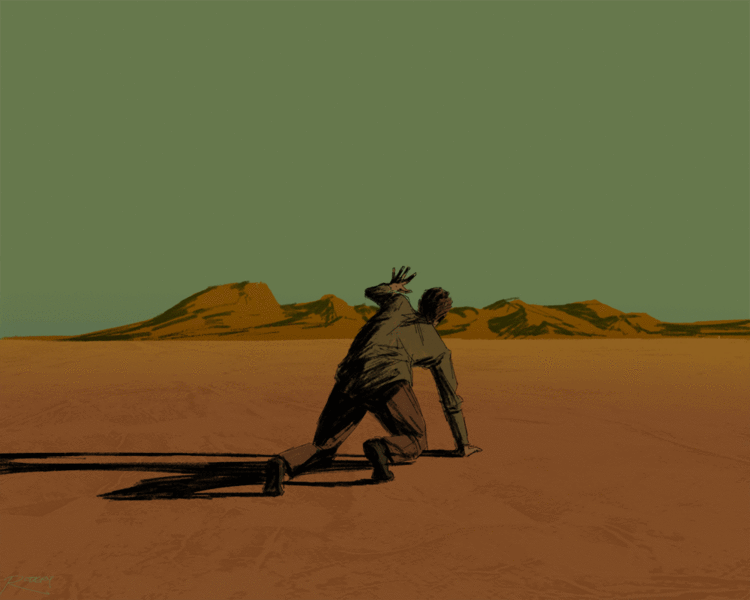 Something happened after that summer of our visit to the strip mine, some rift between my mother and uncle Jim, and I never went back. But I have this memory: a blustering bear of a man with scratchy whiskers standing me on a chair, then zipping me up in his huge slicker to protect me from the water and mud thrown by the grinding wheel. When the zipper got to the top, uncle Jim clicked the snap and then smiled, his blue eyes gone soft. I don’t know if the poem communicates this or even any part of it. And yet, as I re-read it, I discover not just the sense of how strip mining hurt the land but also the joyous awe I felt at the unfolding of history in the land laid bare. And although my uncle is not mentioned, I see in the lines that end the first stanza that moment of recognition when he remembered a little girl—perhaps a daughter, perhaps a younger sister—he had loved.
Something happened after that summer of our visit to the strip mine, some rift between my mother and uncle Jim, and I never went back. But I have this memory: a blustering bear of a man with scratchy whiskers standing me on a chair, then zipping me up in his huge slicker to protect me from the water and mud thrown by the grinding wheel. When the zipper got to the top, uncle Jim clicked the snap and then smiled, his blue eyes gone soft. I don’t know if the poem communicates this or even any part of it. And yet, as I re-read it, I discover not just the sense of how strip mining hurt the land but also the joyous awe I felt at the unfolding of history in the land laid bare. And although my uncle is not mentioned, I see in the lines that end the first stanza that moment of recognition when he remembered a little girl—perhaps a daughter, perhaps a younger sister—he had loved.
I returned to writing in 2007 after a thirty-year hiatus, and “Strip Mine” was the second of my poems ever to be published. I am very grateful to the North American Review for publishing it and for giving me the chance to revisit it here.
Rebecca Foust is the recipient of fellowships from The Frost Place, the MacDowell Colony, and the Sewanee Writer’s Conference and the winner of the 2014 Constance Rooke Creative Nonfiction Award. Her third book, Paradise Drive, won the 2015 Press 53 Award for Poetry and was recently reviewed in the Sunday edition of the San Francisco Chronicle, CLICK HERE. Foust is the Poetry Editor for Women’s Voices for Change and an Assistant Editor for Narrative Magazine.
Illustrations by; Clay Rodery. Clay Rodery is a painter and illustrator who lives and works in New York City
Recommended
Mercy
Eclipsing
Psychic Numbing


